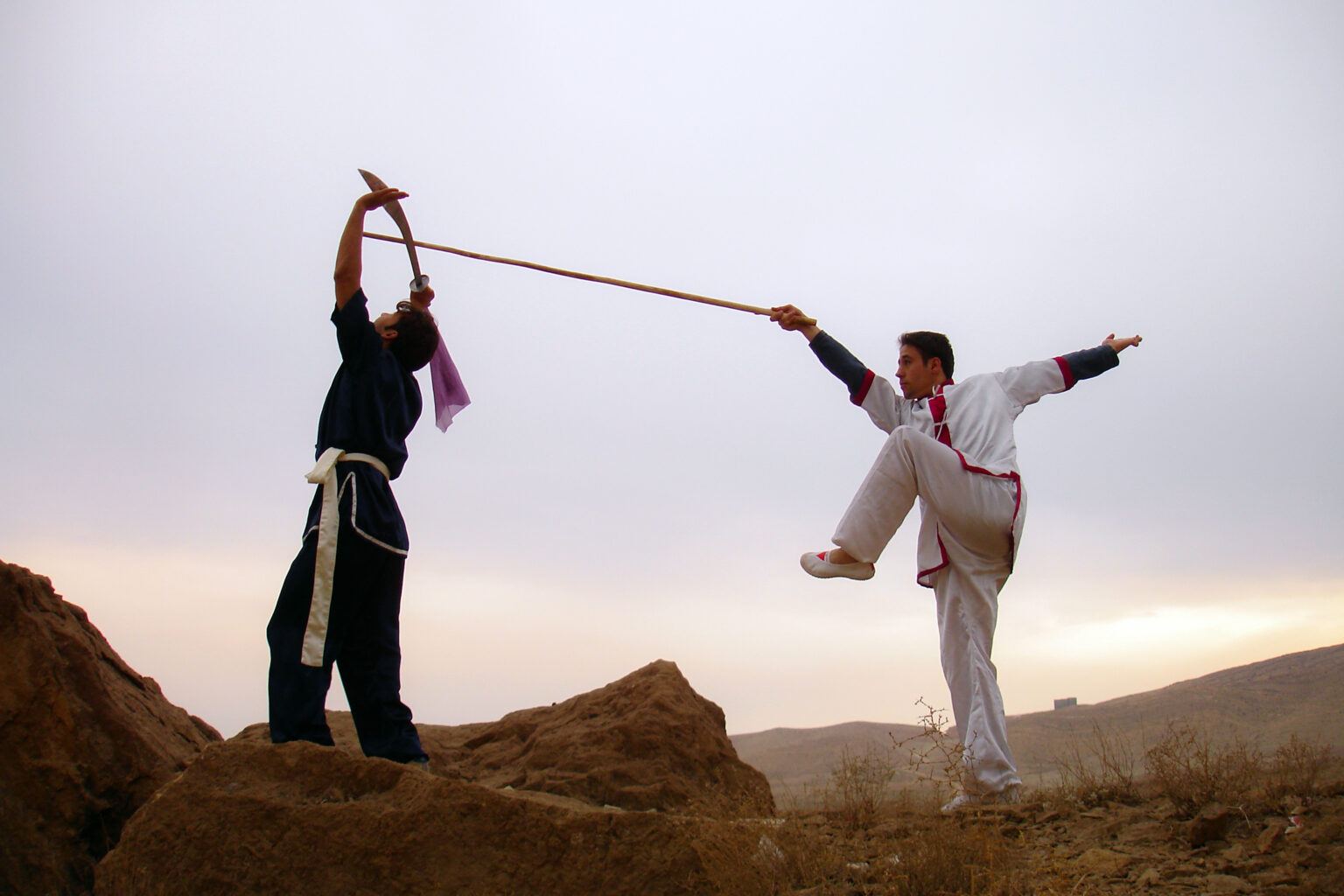Dominate Any Match: Ways to Pick the Best Combat Gear
Choosing the appropriate martial arts equipment is essential for both beginners and experienced practitioners. The correct gear can boost your training experience, provide the essential protection, and ultimately boost your performance in the dojo or on the mat. With so a variety of options available, it can appear overwhelming to pick the appropriate martial arts gear that meets your needs and matches with your goals.
From uniforms and sashes to protective gear and training aids, each component of equipment serves a particular purpose. Knowing what to look for in terms of quality, fit, and style can make all the impact in your training journey. In this article, we will walk you through the crucial factors to consider when picking the optimal martial arts equipment, making sure that you are fully prepared to master your match.
Fundamental Supplies for Novices
When starting your journey in martial arts, having the right gear is key for both safety and training advancement. Beginners should first focus on obtaining a reliable uniform, known as a training outfit for many styles, such as judo or judo. The uniform should be comfortable but allow for a wide range of movement. Selecting the right size is important; it should not be too tight to limit mobility and should also be resilient to handle consistent training.
Safety equipment is another essential component for novices engaged in striking sports like kickboxing. At a bare minimum, beginners should invest wrist wraps and boxing gloves. Wrist wraps provide further stability to the hands and fingers, while gloves help cushion blows and shield the fingers. Additionally, incorporating shin guards and helmets into your training kit can help avoid injuries during practice matches, providing a secure learning environment.
Lastly, consider tools that improves your training experience. This may include items such as mats for floor work, a equipment bag for carrying your gear, or resistance bands for strength training. While these additions can boost your workout, always emphasize protection and ease with the essentials. As you improve, you can evaluate and expand your martial arts gear based on your personal preferences and the art you decide to practice.
Choosing the Appropriate Training Equipment
Picking the right martial arts equipment can considerably impact your training encounter and performance. Commence by considering your practice; various martial arts have specific requirements, whether you're engaging in karate, judo, or Brazilian jiu-jitsu. For topstar-sports.com , you will require a gi for disciplines that focus on traditional clothing, while stand-up arts like Muay Thai or boxing might call for gloves and shin guards. Research the exact needs of your preferred style to make sure you purchase equipment that meets its demands.
Quality is crucial when buying martial arts equipment. Putting money in high-quality gear not only enhances your safety during sessions but also improves durability, ultimately saving you cash in the long run. Look for well-known brands known for their quality and review customer feedback to evaluate the quality of the products. It’s helpful to try on equipment whenever feasible, as comfort and fit can impact your training effectiveness and enjoyment.
Lastly, consider your budget but prioritize essential items initially. While it's alluring to buy a full set of equipment at once, begin with the essentials like a quality pair of gloves, a mouthguard, or a training belt. You can slowly build your set as you become more committed to your training. Additionally, explore local martial arts shops or online options to find competitive prices on quality gear. A carefully considered approach will secure that you have the suitable martial arts equipment to support your path.
Protective Gear and Care Guidelines
When practicing in martial arts, safety equipment is essential to protect yourself from injuries. Common protective equipment includes headgear, mouthguards, shin guards, and chest protectors. Choosing the appropriate size and fit is vital; equipment that is too loose or too tight can hinder your performance and raise the chance of injury. Always opt for gear that meets the regulations of your particular martial art to ensure maximum protection during practice and competition.
Routine care of your martial arts gear is just as essential as choosing the proper equipment. After each training session, take the time to inspect your gear for any signs of wear and tear, such as cracks in a mouthguard or fraying on protective pads. Wash your equipment as advised by the maker to prevent the accumulation of bacteria and odors, which can result in infections or discomfort. Proper keeping of your gear, away from direct sunlight and moist conditions, can also extend its lifespan.
Lastly, keeping up with updates in protective gear technology can greatly benefit your training experience. New substances and designs are frequently introduced to improve comfort and protection. Talk to your instructors and fellow practitioners about their gear suggestions and experiences. Evaluating your equipment regularly and replacing it when it no longer offers adequate protection is key to ensuring that you can train securely and efficiently.
